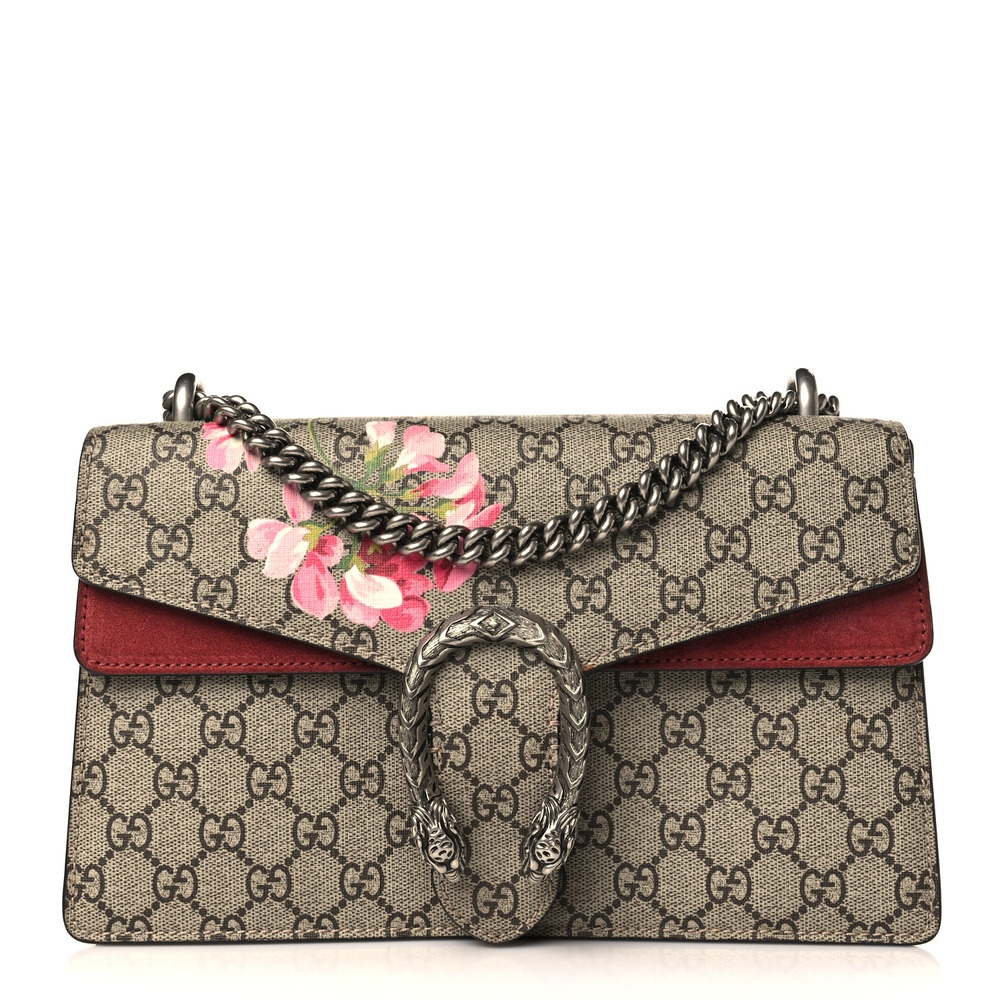Paying More for Less: Navigating the Quality Decline in the Luxury Market
 The luxury market has long been a playground for the exclusive and the aspirational. A world where craftsmanship meets premium materials, and the very best of human ingenuity is showcased in each creation. Yet, even as luxury symbolizes the ultimate in quality and enduring value, a paradox has emerged. Consumers are often paying more, only to receive what they feel is less in terms of quality. In this post, we’ll dissect this complex issue that’s shaping the luxury market, and explore why paying a high price doesn’t always equate to obtaining a top-notch product.
The luxury market has long been a playground for the exclusive and the aspirational. A world where craftsmanship meets premium materials, and the very best of human ingenuity is showcased in each creation. Yet, even as luxury symbolizes the ultimate in quality and enduring value, a paradox has emerged. Consumers are often paying more, only to receive what they feel is less in terms of quality. In this post, we’ll dissect this complex issue that’s shaping the luxury market, and explore why paying a high price doesn’t always equate to obtaining a top-notch product.
The Perception of Luxury
At its core, luxury is an expression of the highest quality available. Historically, it was associated with exclusivity – goods and services that were out of reach for most of society. However, in the modern age, luxury has evolved. It’s no longer just about price; it’s about a value proposition that encompasses rarity, craftsmanship, and history that adds an intangible aura of prestige.
However, the expansion of the luxury market, driven by economic growth and globalization, has led to a dilution of its exclusive nature. This has resulted in a shift where luxury is often associated with a brand name rather than the intrinsic qualities of the product.
Factors Influencing Quality Decline
Several global factors have combined to create an environment where quality is not the sole focus for many luxury brands. Globalization has led to the outsourcing of production, introducing a wider range of issues including less control over manufacturing standards and labor regulations. The rise of fast fashion has also exerted its influence on luxury, with brands facing pressure to accelerate their production cycles and, as a result, sacrifice quality for speed.
Another key influence is the changing consumer demand. The rise of a more informed and discerning customer base, coupled with the unparalleled access to information, has made it challenging for luxury brands to maintain the veil of exclusivity that once shrouded them.
Case Studies
Many iconic luxury brands have been under scrutiny for perceived quality decline. From leather goods with shortened lifespans to fabrics that don’t hold up to their historical standards, consumers are increasingly vocal about their disappointment.
One prime example is the decline https://beroma.is/wp-content/uploads/2024/01/b544b91991f7f2c8aed33a162e07f5bc-1.jpg in the standards of watchmaking among certain Swiss brands. Traditionally heralded for their precision and timelessness, even some of the most prestigious names have seen a decrease in the accuracy and durability of their timepieces. This has not only affected sales but has also eroded the trust consumers have in these once unassailable brands.
Effects on Consumer Behavior
The decline in perceived quality within the luxury market has resulted in a shift in consumer behavior. Brand loyalty, once a powerful force driving repurchase among luxury shoppers, is now being tested. Consumers are more willing than ever to switch to another brand that they perceive to offer better quality for the same, or even a lower, price.
Additionally, there’s a growing contingent of luxury shoppers who prefer to invest in products with a strong sustainability ethos and a transparent supply chain, where quality is more about the life cycle impact than just immediate use.
Strategies for Brands
To combat the tide of quality decline perceptions, luxury brands must be proactive. This involves a commitment to maintaining strict control over every element of their production, from sourcing raw materials to the finished product. It may also mean re-evaluating the cost of goods and the production process to ensure that each item meets the high standard that luxury shoppers expect.
Furthermore, fostering a culture of transparency about the production process and sourcing is becoming increasingly important. This not only builds consumer trust but also aligns with the growing trend of ethical consumerism, where the story behind the product is as important as the product itself.
Innovation is another crucial strategy. Luxury brands need to be at the forefront of developing new, sustainable materials and production methods that can guarantee both the perception and reality of quality. This can also be an opportunity for brands to differentiate themselves from their competitors, by offering unique, high-quality, and sustainable products.
Conclusion
The paradox of paying more and receiving less is a significant challenge for the luxury market. It disrupts the very foundation on which the concept of luxury is built and undermines the trust that consumers place in these storied brands. However, it’s also an opportunity for the industry to reinvent itself, placing a new emphasis on what quality truly means in a modern, global context.
Consumers play a pivotal role in the luxury market’s future. By demanding more and being vocal about their expectations, they can influence brands to deliver on the true promise of luxury. This not only benefits the consumers but also ensures the longevity and relevance of the luxury market in an ever-changing commercial landscape.
In the end, the luxury market may need to redefine what it means to be ‘luxury’. It may be about a return to the origins, where quality and attention to detail reigned supreme. Or it may evolve into a replica bags near me segment that unapologetically champions sustainability and ethical practices alongside quality and exclusivity. Whichever path the market takes, the one thing that remains clear is that the quality decline paradox is a clarion call for change. It calls for a reimagining of luxury that is not just about the label, but about the enduring excellence of the products it represents.

